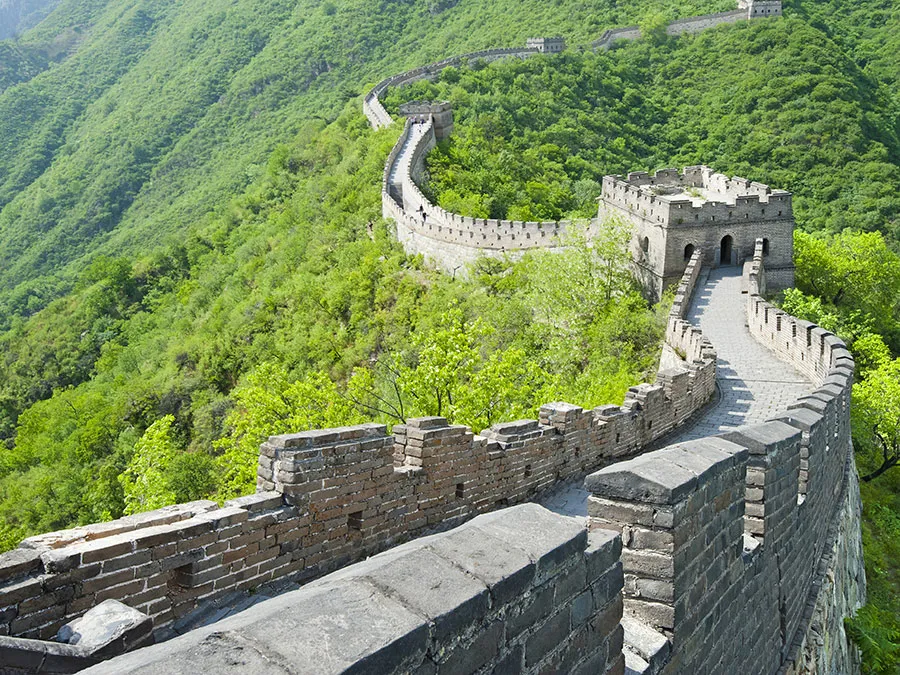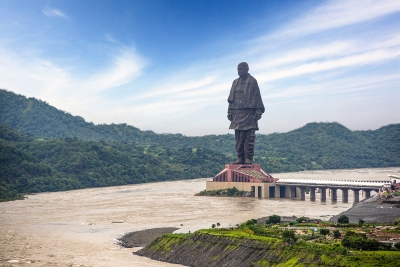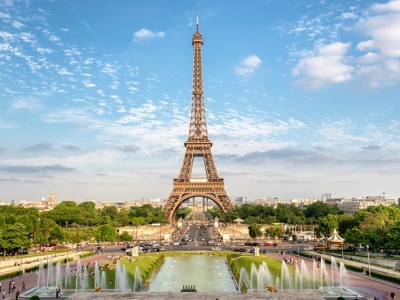
Walls are often erected as military fortifications. Be it the long, winding ‘Great Wall of China’ or the Peace Walls which are being pulled down, walls are cloaked in mystery and have many tales to narrate. Here is a peek at some of the unique walls in the world.
BERLIN WALL – GERMANY
In 1949, Germany split into two- the East Germany which allied itself to the Soviet Union and West Germany. A large number of people started moving from Soviet-controlled East Germany to the West. In response to this, the country’s government decided to construct a wall. It was built as a barrier surrounding West Berlin thereby preventing any access to West Germany. At first, the wall was built using barbed wire and later followed by concrete. When the Soviet Union began to collapse, the wall was opened and was demolished later.
WALLS OF TROY – TURKEY
Troy is the lost city that has captivated people for years. And so has the Trojan war. This legendary war that was fought between the people of Troy and the Greeks forms the premise of Homer’s Illiad. Even as the occurrence of the Trojan war remains a debate, the city of Troy in Turkey is of archeological interest. The ruins of the famous walls at this ancient site are still standing, whispering legends from the past.
GREAT WALL OF CHINA – CHINA
Running more than 20,000 km, the Great Wall of China is the most famous border wall in the world. Its construction started in the 7th century BCE and went on for two millennia. The wall was built across northern China and southern Mongolia. Many workers died during its construction. Although the gigantic wall was built, it could’t withstand the invasions. For instance, Genghis khan and his Mongolian army could easily break in.
BELFAST PEACE WALLS – NORTHERN IRELAND
In Belfast, a unique ‘ritual’ has been going on for the past few years. Here, the walls are being pulled down. Back in 1969, Peace Walls (Peace Lines) were constructed in Belfast to separate Catholic neighbourhoods from Protestants. Northern Ireland was going through a conflict period Troubles, with unionists wanting to be a part of the United Kingdom and nationalists (Catholics) wanting to stay with Ireland. Around 100 walls were eventually erected. In 2013, the Northern Ireland government decided to dismantle the walls to improve community relations and have set 2023 as the target for this. Many walls have been dismantled till now.
GREAT WALL OF GORGAN –IRAN
Built in the 5th- 6th century, the great wall of Gorgan was constructed as a barrier in northern iran. The wall was erected to ward off attacks from the Turks and it comprises around 40 forts.
HADRIAN’S WALL – U.K.
Built in the years of 122-30 CE, by the order of the Roman Emperor Hadrian, the hadrian’s wall ran a length of 72 miles. The Roman frontier was built to protect northwestern Britain from barbarians. The walls give an idea of Roman Empire’s military architecture and also had towers and barracks.
Picture Credit : Google






